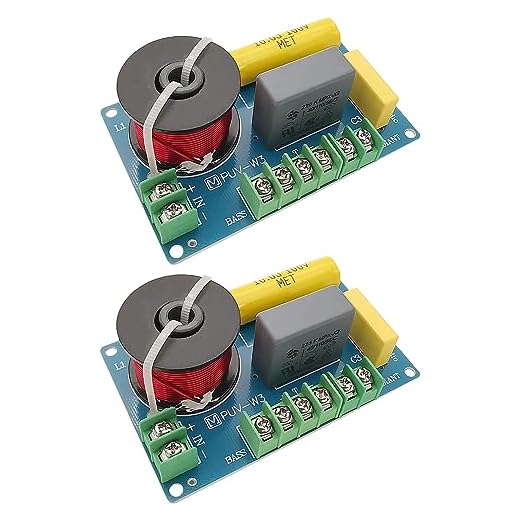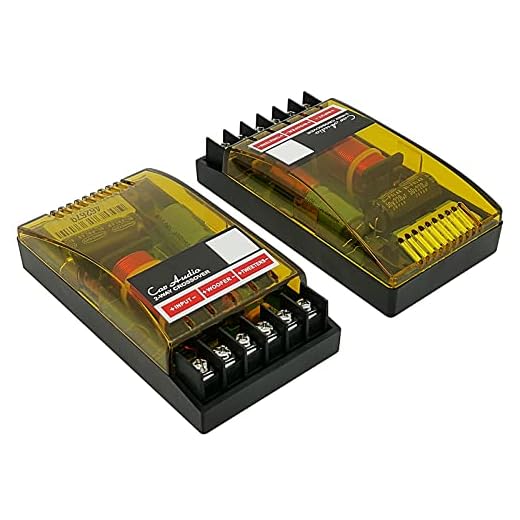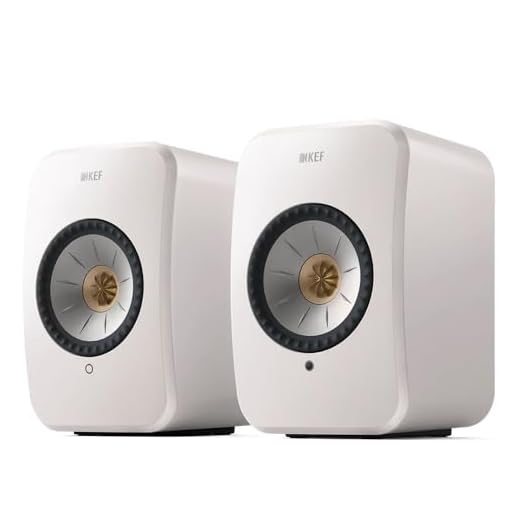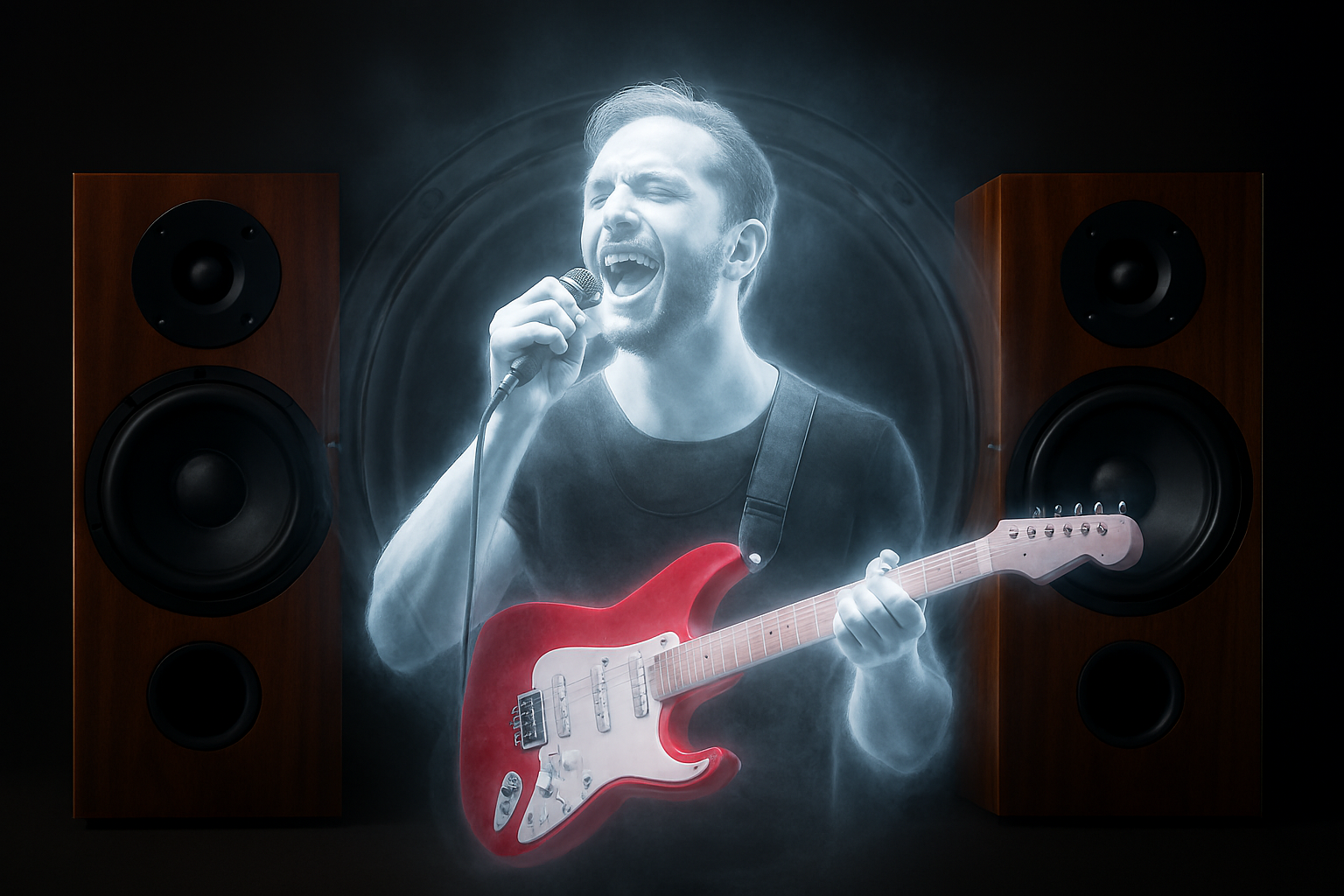Imagine sitting between two speakers—one to your left, one to your right. The sound flows from each cabinet, traveling through separate drivers, each tuned to handle a slice of the frequency spectrum. And yet, somehow, the lead vocal doesn’t seem to come from either side. It appears to hover in the air, dead center, as if an invisible speaker were singing directly to you. This isn’t just a trick of stereo mixing—it’s a testament to the harmony of speaker design, where timing, phase, and frequency balance converge to create a sonic illusion.
There’s a moment in every great stereo mix when the lead vocal seems to hover, ghostlike, between the speakers—untethered, centered, and alive. No driver sits dead-center. No speaker fires from the middle. And yet, there it is: the phantom center. This illusion isn’t just a triumph of mixing and placement—it’s a quiet miracle of speaker design, and at its heart lies the crossover.
What is a crossover?
A crossover is the unsung conductor inside your speaker, dividing the full-range audio signal into frequency bands and routing each band to the driver best suited to reproduce it. It’s not just a traffic cop—it’s a sculptor of space, tone, and coherence.
The anatomy of a crossover
Let’s walk through the key components and their roles in this sonic choreography:
🌀 Capacitors – The high-pass gatekeepers
- Capacitors block low frequencies and allow high frequencies to pass.
- In a two-way speaker, they’re typically used to feed the tweeter, ensuring it only receives the delicate upper registers it was built to handle.
- Their value (measured in microfarads) determines the cutoff frequency—the point where the signal begins to roll off.
🧲 Inductors – The low-pass sculptors
- Inductors do the opposite: they block high frequencies and allow lows to pass.
- They’re often paired with woofers, ensuring that only the bass and lower mids reach the larger driver.
- Inductance (measured in millihenries) shapes the slope of the crossover—how steeply the signal is attenuated beyond the cutoff.
⚖️ Resistors – The level balancers
- Resistors don’t filter frequencies, but they do control amplitude.
- They’re used to pad down a driver that’s too sensitive, ensuring tonal balance across the spectrum.
- In some designs, they’re part of an L-pad circuit that maintains impedance while adjusting level.
🔄 Filters – The architecture of division
- Crossovers are built from combinations of capacitors, inductors, and resistors arranged into filter networks:
- First-order filters roll off at 6 dB per octave.
- Second-order filters double that to 12 dB per octave, and so on.
- The order and topology (Butterworth, Linkwitz-Riley, etc.) affect not just frequency response, but phase alignment—critical for imaging.




Why it matters for imaging
The phantom center emerges when both speakers reproduce the same signal at the same level and time. But if the crossover introduces phase shifts or uneven driver response, that center can smear, drift, or collapse. A well-designed crossover preserves timing, balances output, and ensures that each driver contributes precisely what it should—no more, no less.
In high-end designs, like those explored by GR Research, crossover refinement becomes a kind of spiritual practice. Danny Richie’s work reveals how even small tweaks—better components, tighter tolerances, cleaner slopes—can restore the phantom center’s magic, making vocals snap into place and instruments bloom in space.
The crossover as curator
Think of the crossover not as a passive circuit, but as a curator of experience. It decides what each driver hears, how it responds, and how it blends with its neighbors. It’s the invisible hand behind the illusion, the quiet architect of coherence.
And when it’s done right, you don’t hear the crossover at all. You hear the voice. Centered. Alive. Floating in air.

